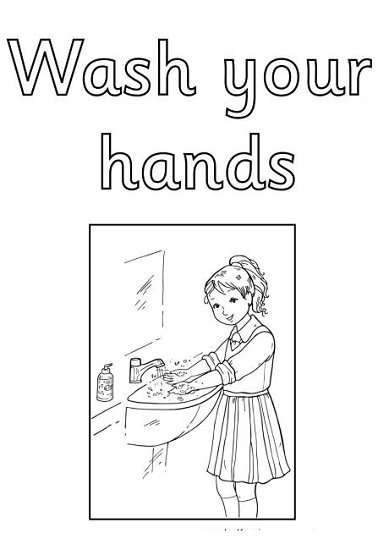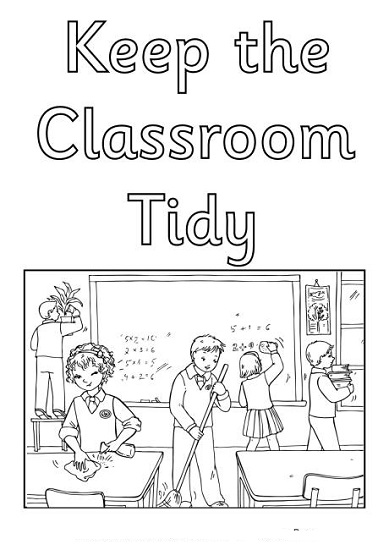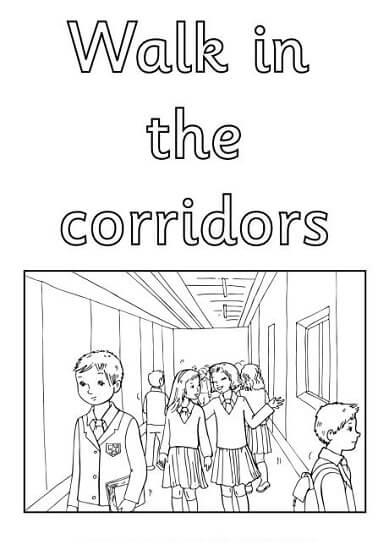Advertisement
Resimli ingilizce Sınıf Kuralları boyama aktiviteleri, sayfaları. İngilizce sınıf kuralları boyama sayfaları, çalışmaları.
İngilizce Sınıf Kuralları Boyama Sayfaları

Classroom rules look different for every teacher. Some use only a few, while others prefer to use more. Here are 36 rules to get you started on building your own:
- Ask questions
- Respect and listen to your classmates
- Respect and listen to the teacher
- Raise your hand to speak
- Be prepared for class
- Be quiet when the teacher is talking

- Be quiet when classmates are talking
- Share new ideas
- Keep your hands to yourself
- Respect others’ property
- Keep your workspace tidy
- Be kind
- Always do your best
- Walk, don’t run, in the hallways
- Be a good friend
- Be on time
- Share with others
- Use equipment properly
- Help keep the classroom tidy
- Listen to all the teachers
- Obey all school rules
- Finish your homework on time

- Be respectful of classmates who are working
- Have a good attitude
- Use positive language
- Line up neatly and quietly
- Stay in your seat
- Listen with your ears and your eyes
- Contribute to discussions
- Be respectful of others’ ideas
- Follow the teacher’s directions the first time they are given
- Cooperate with your classmates
- Be creative
- Be honest
- Use technology appropriately
- Be proud of your work

Advertisement

How to Come up with Your Own Rules
Every class is different. It’s important to get to know your students and tailor your rules to their behaviours and attitudes. Below are some easy ways to get started.
Set Boundaries
- You need a good mix of positive rules and ones which set clear boundaries.
- Are there any school-wide rules that you need to keep in check? For example, you might have a dress code that you need to follow.
- Ask your school leaders and peers what rules you should be following. This way, you’ll be sure that you’re ticking off the essentials.
- Putting up these boundaries means children will know exactly what they can’t do. Then, you can move on to more positive examples.

Think Big
- Setting rules shouldn’t be negative. You can also use them to inspire curiosity, creativity and learning.
- Think about the values that are important to you. Respect? Passion? A good attitude? Put these values at the heart of your list.
- Classroom rules should mostly be about what students can do, not just what they should avoid. It creates an environment where they’re encouraged to take positive action, rather than worrying about doing the wrong thing.

Be Specific
- Now you’ve taken a look at the wider picture, hone in on the details.
- Does your class have bad habits that disrupt the lesson? Is there something that crops up again?
- Add these things to your list as the year goes on. It’ll help you tailor your plan and iron out any issues. After all, no class is ever the same.